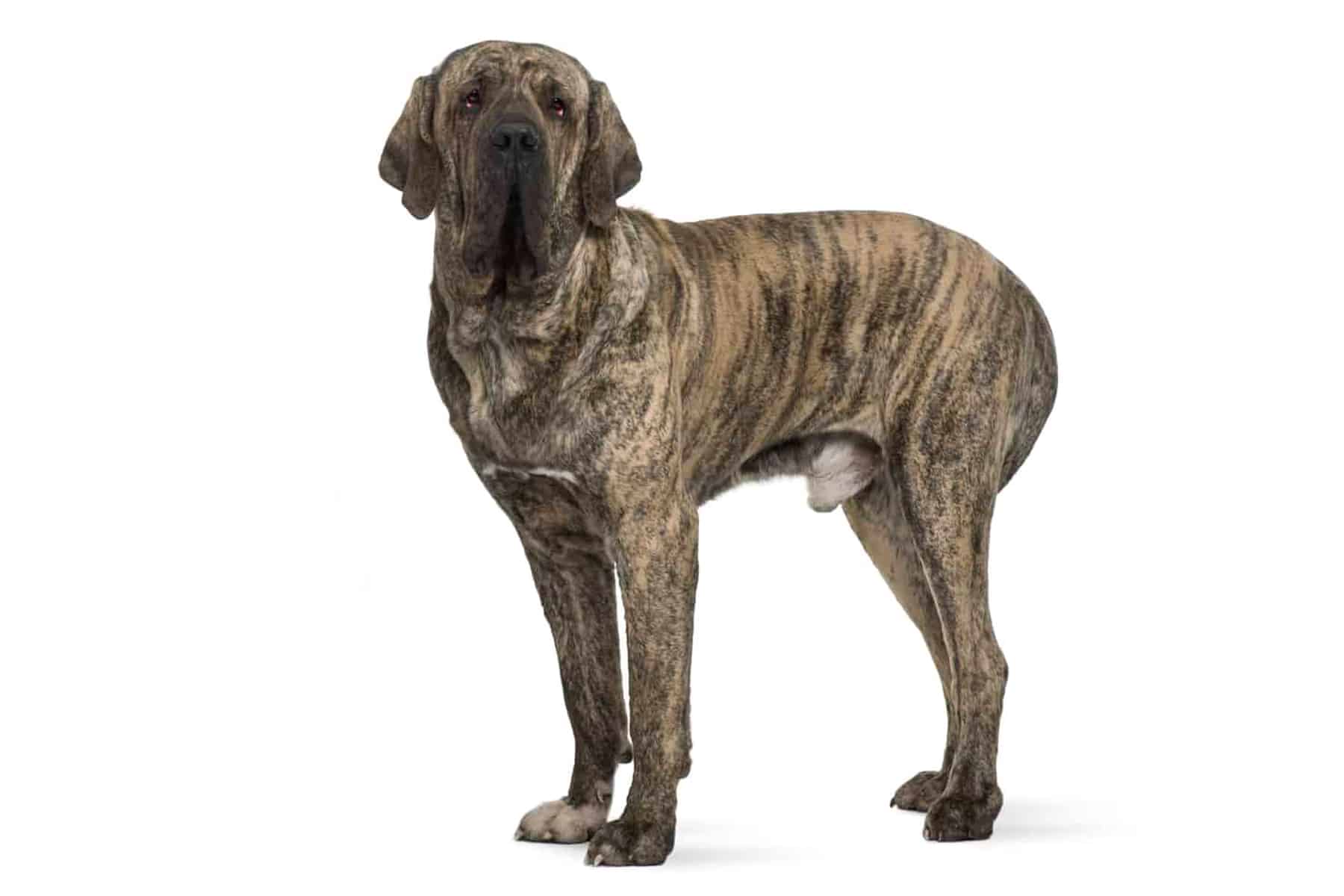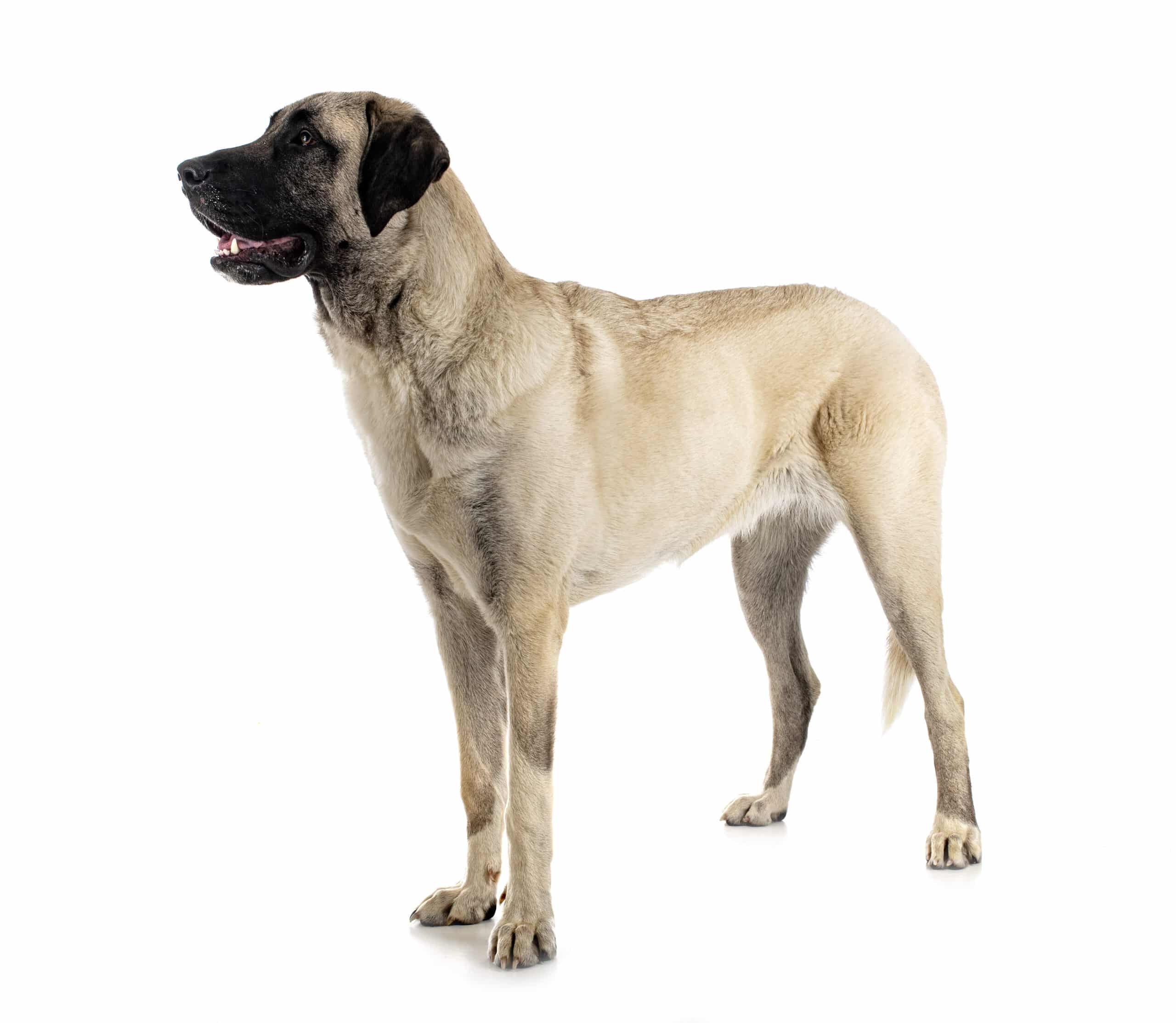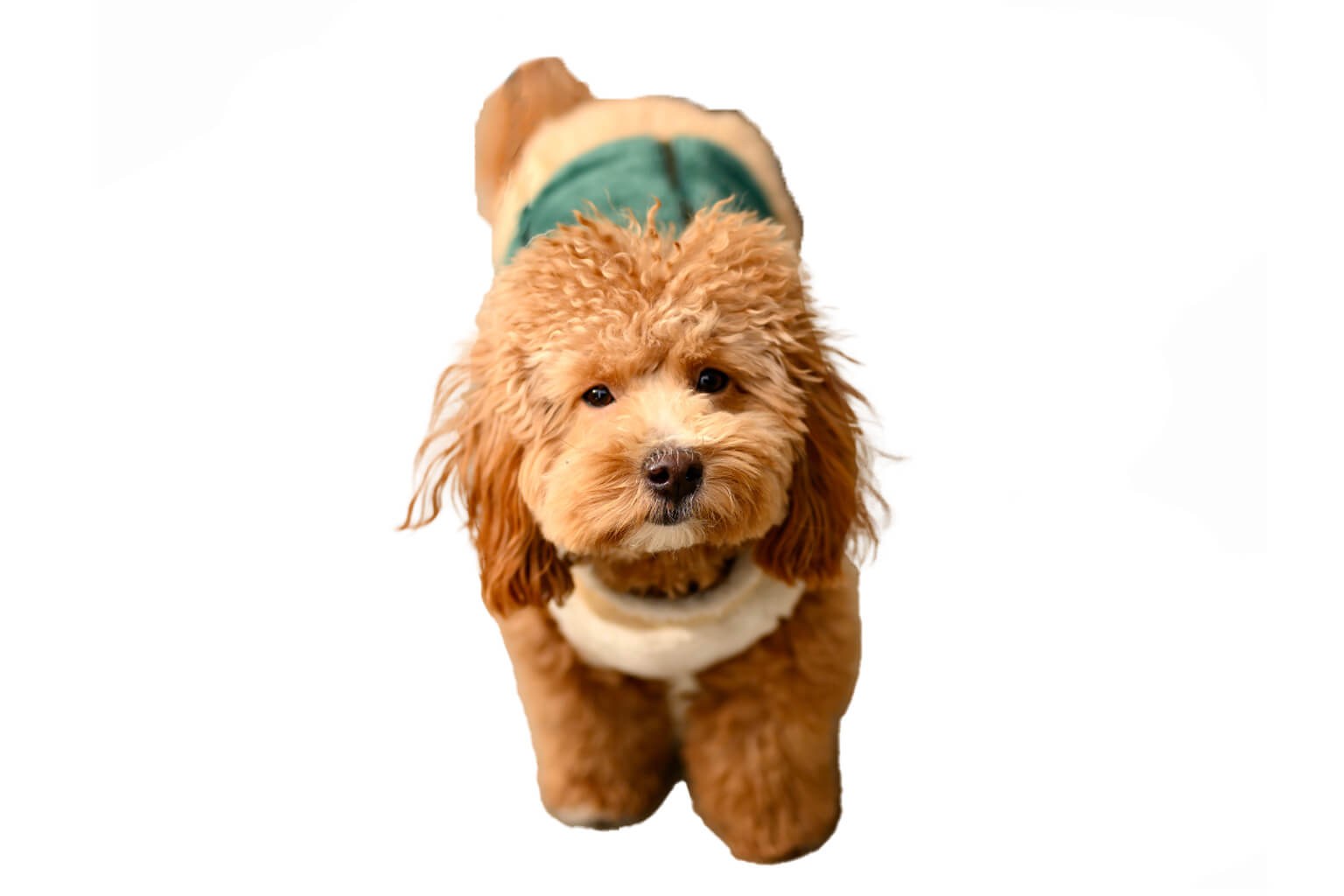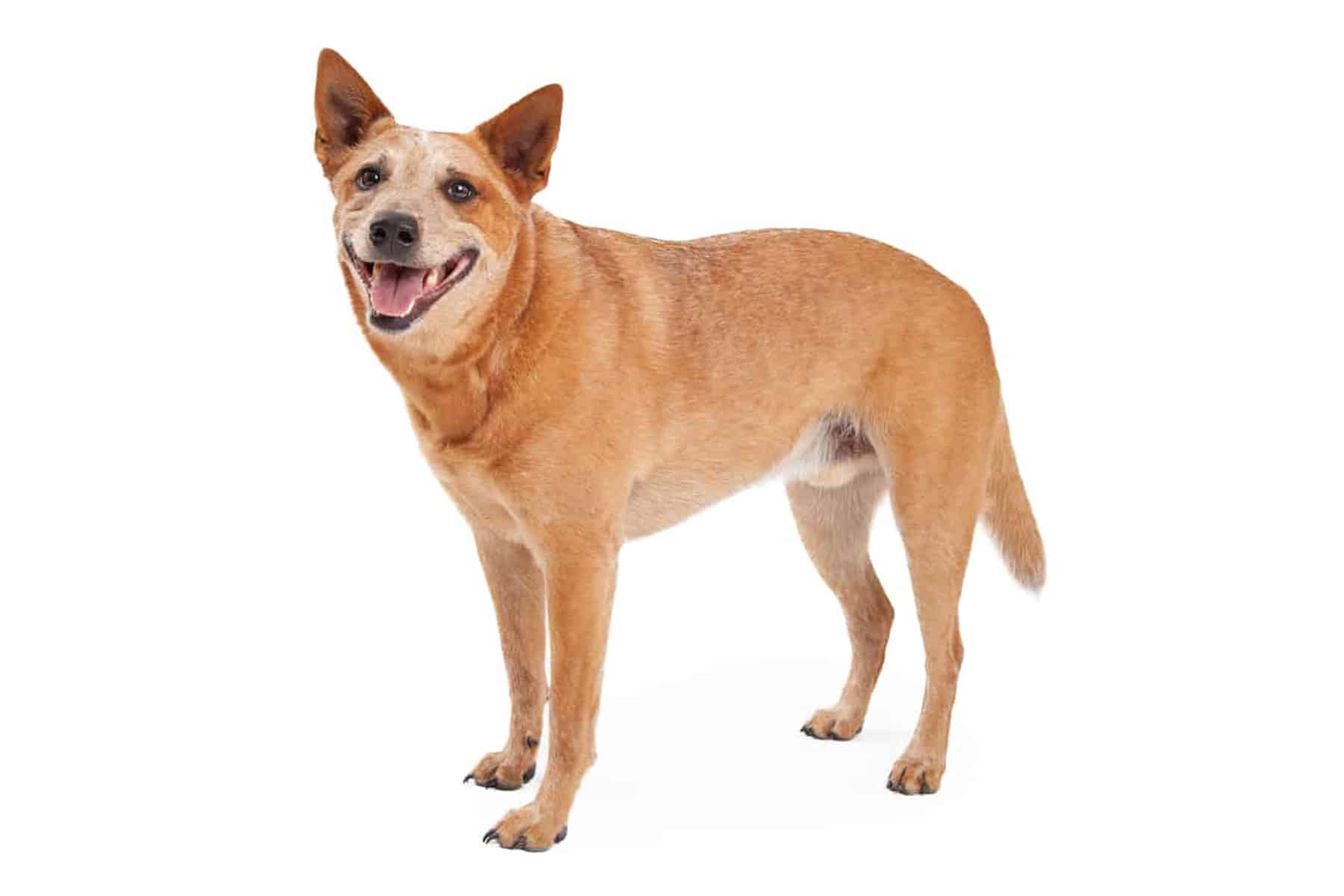Portuguese Podengo





Temperament:
As the name suggests, the Portuguese Podengo originates from Portugal and is also known as the Portuguese Warren Hound, Podengo Português. However, it is widespread throughout the Iberian Peninsula and the Canary Islands.
Characteristics
Podengo Português Grande (large):
The largest representative of the breed reaches a height of 55 to 70 centimeters. Its weight is between 20 and 30 kilograms. It is mainly bred in the east of Portugal.
Podengo Português Médio (medium size):
The withers of the medium-sized version are between 40 and 54 centimeters high. Its weight is between 16 and 20 kilograms. It is mainly found in the north of Portugal.
Podengo Português Pequeno (small):
The smallest variant reaches a height of 20 to 30 centimeters and a weight of 4 to 6 kilograms. This type is mainly found in central Portugal.
The coat of the Portuguese Podengo is yellow, fawn or black. The head is wedge-shaped and pointed. The muzzle is slightly shorter than the top of the head.
This breed is well suited as a guard dog, but is also popular as a family and companion dog. However, you must ensure that you satisfy their hunting instinct. You can achieve this through consistent training or - in the case of the two larger varieties - by taking part in dog sports events.
The Portuguese Podengo has a lively, curious character and is very intelligent and eager to learn. All sizes of the breed need plenty of exercise and movement, although you can keep the medium-sized or small version in a city apartment. However, you should then take them out regularly.
The Portuguese Podengo has a pronounced social behavior, so let him play with other dogs regularly. He has a tendency to bark. However, you can get him out of this habit with consistent training.
The larger varieties live for around 15 years, the smaller ones for up to 17 years.
Coat care:
Shedding:
Energy level:
Trainability:
Children suitable:
The right food
When choosing food, make sure that it contains high-quality ingredients, is balanced and meets your dog's requirements. Age, size or weight, activity and health status play an important role. You should follow the manufacturer's recommendations for the amount of food.
Treats should only be fed in moderation and deducted from the basic diet to avoid obesity.
Puppies can be fed 4-6 times a day. The number of meals should be gradually reduced to 2 per day until the dog is fully grown. A rest period should be observed after meals.
Fresh drinking water should be available at all times.
Health & Care
Both the short-haired and rough-haired varieties are considered relatively easy to care for. They only need to be brushed when they change their coat, which is once a year. The hair that falls out is combed out with a rubber comb. The Podengo is also weatherproof and feels comfortable even in the colder months.
Check the ears regularly for dirt and clean them with a special ear cleaner for dogs. After every walk, check the pads for thorns and stones and remove them. If the claws do not wear off by themselves, they must be shortened.
Regular brushing with a dog toothpaste prevents tartar. Special dental care treats can also be used for this purpose.
It is best to get your dog used to this type of grooming when he is a puppy so that it is easier later on.
Portuguese dog breeding pays less attention to ideals of beauty than to certain performance criteria. This is why the Portuguese Podengo is very robust.
Suitable accessories
Your dog needs basic equipment such as a collar or harness with a lead, a dog basket or dog mat as a retreat, water and food bowl, tick tweezers, claw clippers, mild dog shampoo, brush and comb or rubber curry comb, toothbrush and toothpaste for dogs, a transport box for transportation in the car and a first aid kit. It is best to ask your vet what belongs in the first aid kit.
We recommend treats and a clicker for training.
For physical and mental exercise, fetch toys and intelligence games are recommended, where he can use his sense of smell in particular.

Origin & History
The predecessors of the Portuguese Podengo were dogs from the north and east of Portugal, which were hardly uniform in size and coat. It was not until 1933 that the breed began to be systematically recorded. Six varieties were defined, which are still valid today. 21 years later, in 1954, the official breed standard for the Portuguese Podengo was established.
This Portuguese national breed was originally used for hunting rabbits. Larger varieties were also suitable for hunting larger game such as wild boar.
Today, two hair types are distinguished, rough coat and shorthair. There are also three sizes of Portuguese Podengo according to today's standard.





